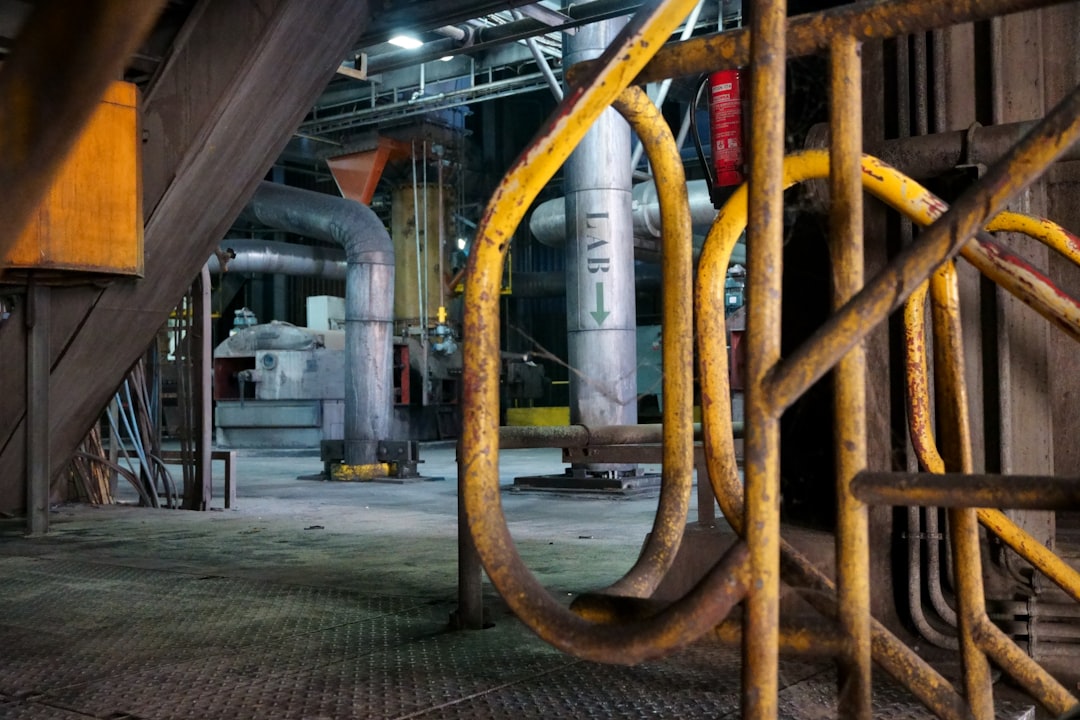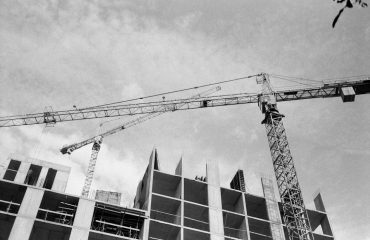The construction and manufacturing industries are undergoing a significant transformation, driven by the urgent need for sustainable practices. Steel, a cornerstone of modern infrastructure, is no exception. For years, steel production has been associated with high energy consumption and significant carbon emissions. However, advancements in technology and a growing commitment to environmental responsibility are leading to a new era of energy-efficient steel products, paving the way for a greener future.
1. The Energy Footprint of Traditional Steelmaking: Understanding the Challenge
Traditional steelmaking, primarily using the blast furnace-basic oxygen furnace (BF-BOF) route, is an energy-intensive process. It relies heavily on coking coal, a fossil fuel, for both reducing iron ore and providing the heat necessary for the process. This reliance on coal contributes significantly to greenhouse gas emissions, including carbon dioxide, methane, and nitrous oxide. Furthermore, the high temperatures required for melting and refining steel demand substantial energy input, often from fossil fuel-based power sources. The overall energy intensity of traditional steelmaking varies depending on factors like the type of steel produced, the efficiency of the plant, and the energy mix used, but it remains a considerable environmental concern.
2. Innovative Steelmaking Technologies: Reducing the Carbon Footprint
The quest for energy-efficient steel has spurred the development of several innovative steelmaking technologies aimed at reducing both energy consumption and greenhouse gas emissions. These include:
- Electric Arc Furnaces (EAFs): EAFs utilize electricity to melt scrap steel, significantly reducing the reliance on coking coal. They are inherently more energy-efficient than BF-BOF processes, particularly when powered by renewable energy sources. The increasing availability of scrap metal further enhances the sustainability of EAFs.
- Hydrogen-Based Steelmaking: This emerging technology replaces coking coal with hydrogen as the reducing agent in steelmaking. Hydrogen, when produced from renewable sources, offers a pathway to virtually carbon-neutral steel production. While still in its developmental stages, hydrogen-based steelmaking holds immense potential for transforming the industry.
- Improved Process Optimization: Ongoing research and development focus on optimizing existing steelmaking processes to improve energy efficiency. This includes advancements in furnace design, automation, and waste heat recovery systems, all contributing to reduced energy consumption and lower emissions.
3. Energy-Efficient Steel Products: Applications and Benefits
The benefits of energy-efficient steel extend beyond the manufacturing process. The use of sustainably produced steel in various applications contributes to a smaller overall carbon footprint of the final product. This is particularly relevant in sectors like:
- Construction: Using energy-efficient steel in buildings and infrastructure reduces embodied carbon – the carbon emissions associated with the production and transportation of building materials. This contributes to the creation of greener, more sustainable buildings.
- Automotive: Lightweight, high-strength steel alloys are crucial in automotive manufacturing, improving fuel efficiency and reducing vehicle emissions. The use of sustainably produced steel further enhances the environmental benefits of these vehicles.
- Renewable Energy: Steel plays a vital role in the manufacturing of renewable energy infrastructure, including wind turbines, solar panels, and hydroelectric power plants. Using energy-efficient steel in these applications contributes to a more sustainable energy system.
4. Life Cycle Assessment (LCA) and Environmental Certifications: Measuring Sustainability
Life cycle assessment (LCA) is a crucial tool for evaluating the environmental impact of steel products throughout their entire life cycle, from raw material extraction to end-of-life disposal. LCA studies consider energy consumption, greenhouse gas emissions, water usage, and waste generation at each stage. This comprehensive analysis allows for a more accurate assessment of the environmental performance of different steel production methods and products. Furthermore, several environmental certifications, such as LEED (Leadership in Energy and Environmental Design) and various sustainability standards, provide frameworks for recognizing and rewarding the use of energy-efficient steel in construction and other sectors.
5. The Future of Energy-Efficient Steel: Innovations and Challenges
The future of energy-efficient steel is bright, driven by continuous innovation and a growing awareness of the environmental impact of industrial processes. Further research and development are focused on:
- Scaling up hydrogen-based steelmaking: Overcoming the technological and economic challenges associated with widespread adoption of this revolutionary technology.
- Developing advanced steel alloys: Creating stronger, lighter, and more durable steels that enhance the efficiency and sustainability of various applications.
- Improving recycling rates: Maximizing the recycling of steel scrap to reduce the demand for virgin materials and minimize energy consumption.
- Carbon capture and storage (CCS): Integrating CCS technologies into steelmaking processes to capture and store carbon dioxide emissions, mitigating their impact on the environment.
However, challenges remain, including the high upfront investment required for new technologies, the need for robust infrastructure to support sustainable steel production, and the development of effective policies to incentivize the adoption of greener steelmaking practices. Overcoming these challenges will be crucial in achieving a truly sustainable steel industry.
The transition to energy-efficient steel is not merely an environmental imperative; it’s an economic opportunity. By embracing innovation and collaboration, the steel industry can create a more sustainable future while maintaining its crucial role in global economic development.
SEO Tags: energy-efficient steel, sustainable steel, green steel, steel recycling, hydrogen steelmaking




